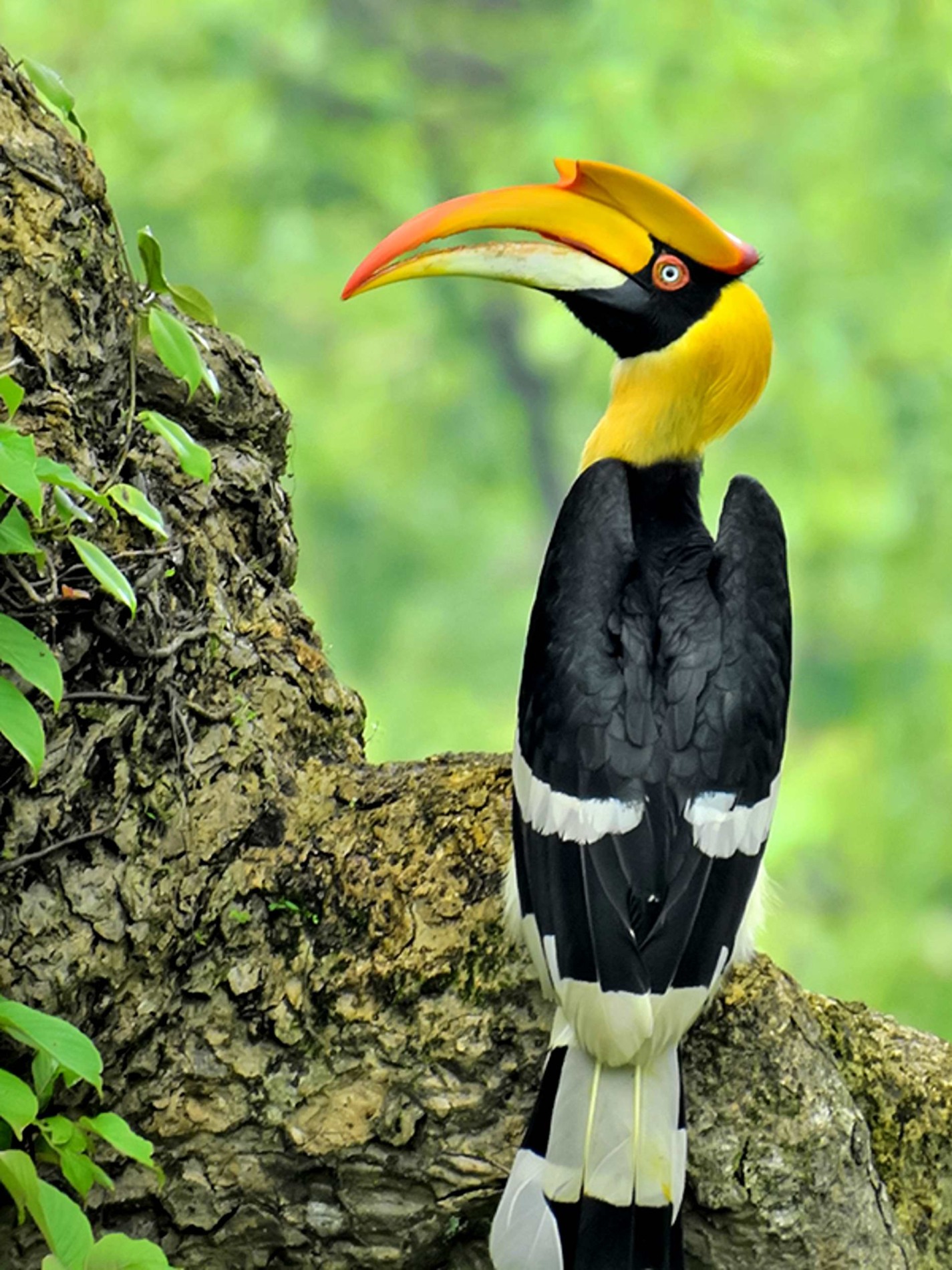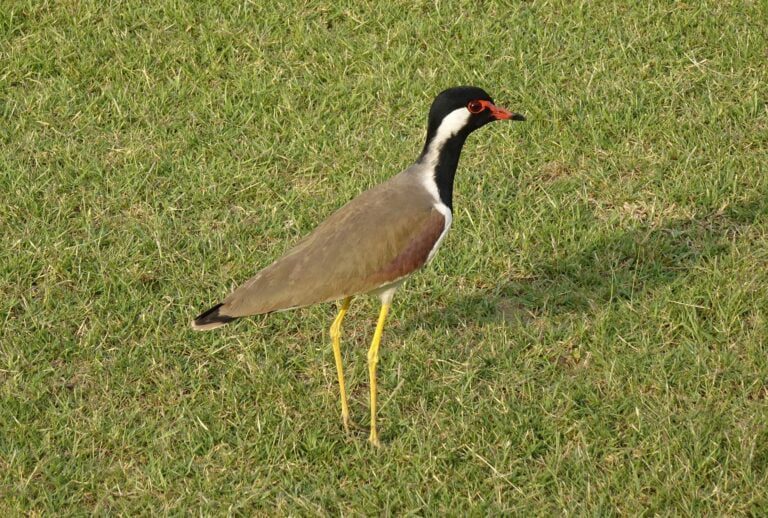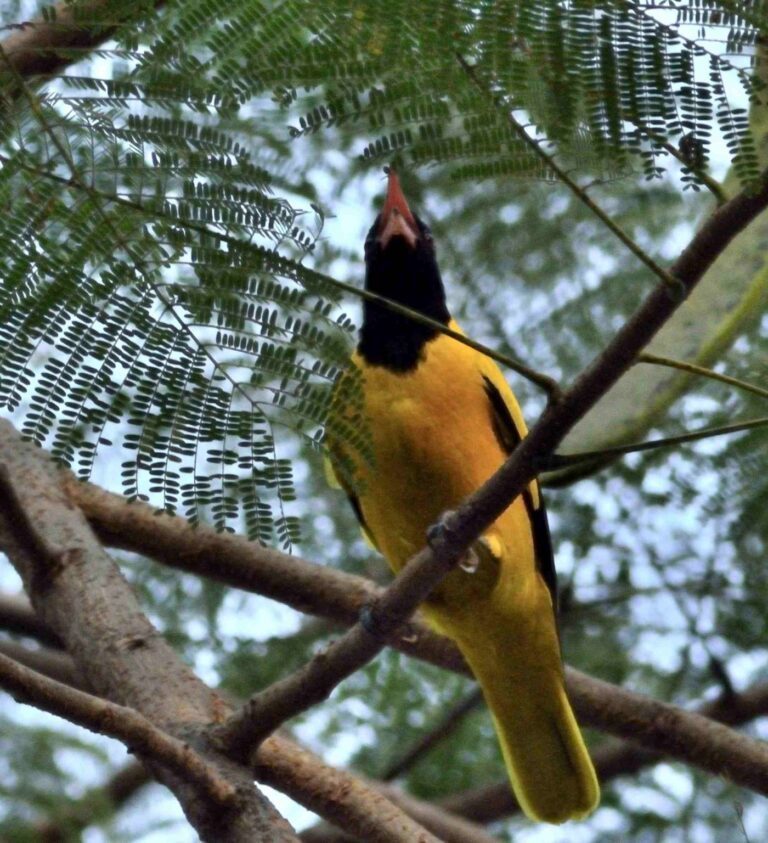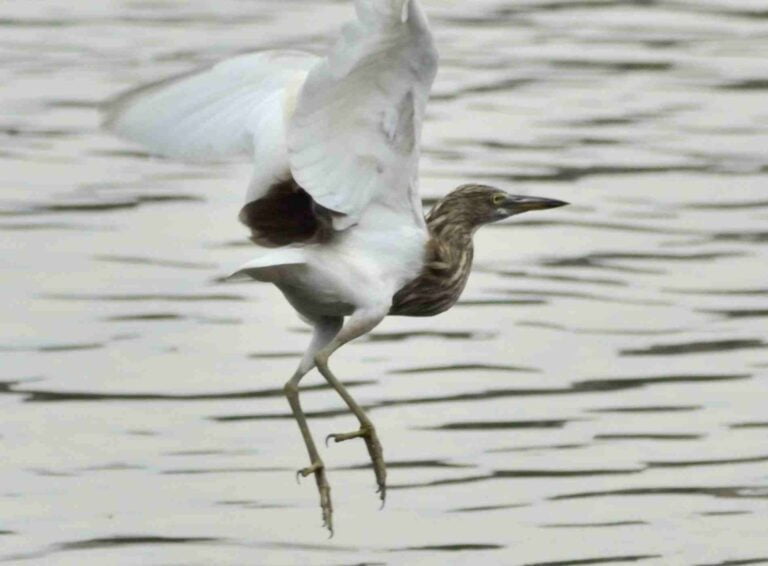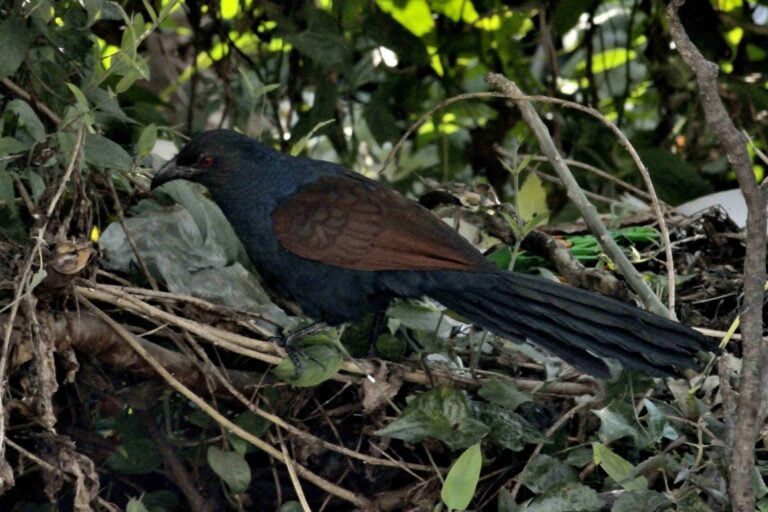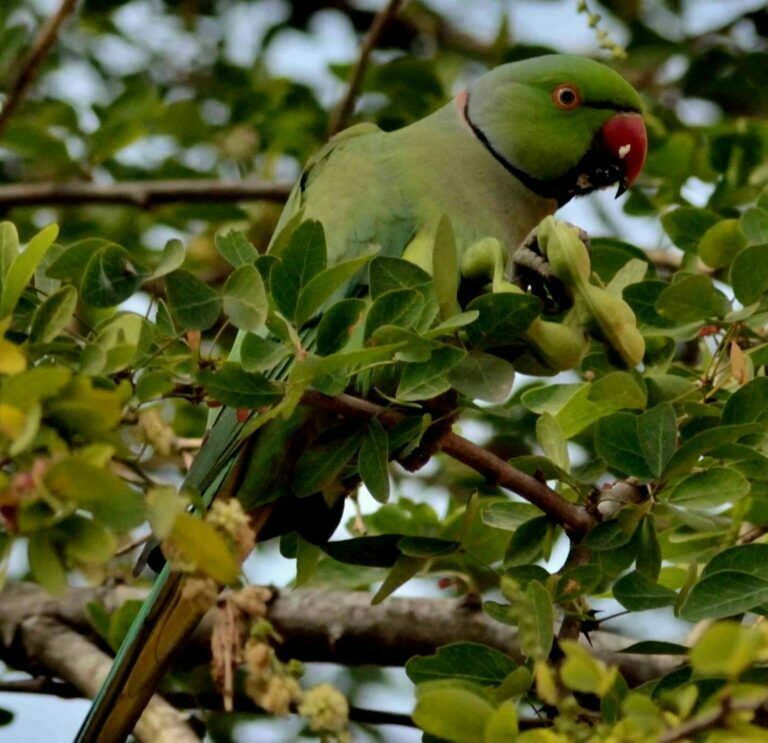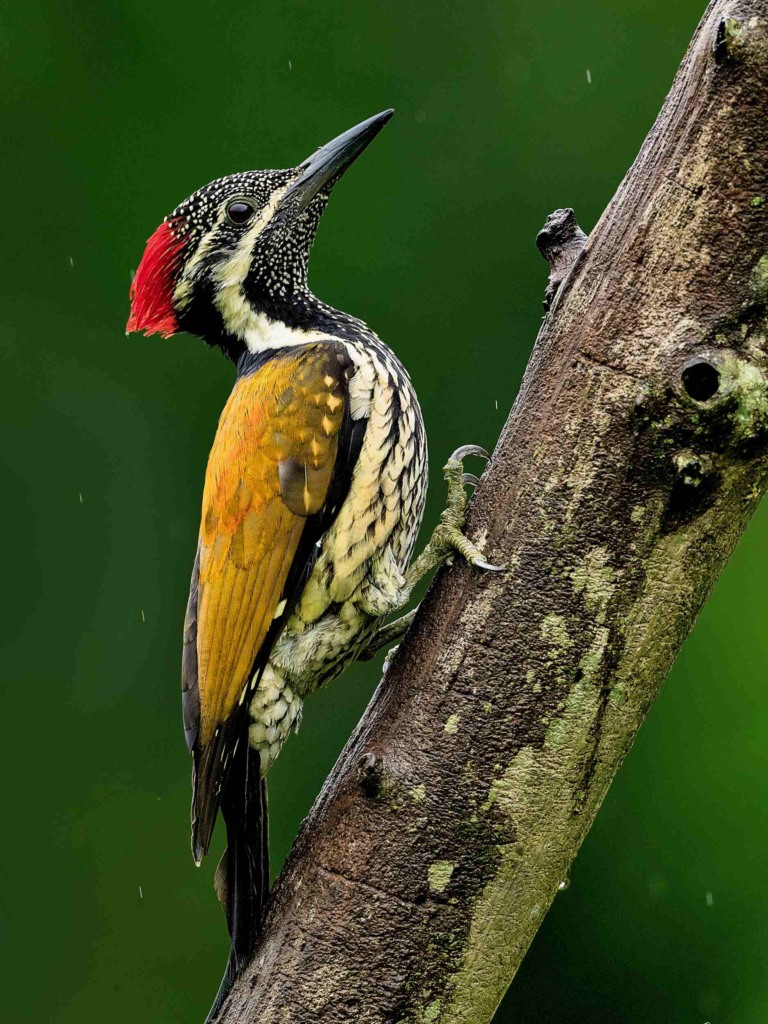The Great Hornbill (Buceros bicornis) is one of the most majestic and iconic bird species found in the Indian subcontinent and Southeast Asia. This large and impressive bird, also called the concave-casqued hornbill, great Indian hornbill, or great pied hornbill, is one of the largest hornbills.
Great Hornbill Distribution
It mostly eats fruit, but it will also eat small mammals, reptiles, and birds. It is known to have lived in a zoo for almost 50 years. It is important in many tribal cultures and rituals because of its size and color. Here’s an overview of its distribution, habitat, behavior, and ecology:
The Great Hornbill is found in the Indian subcontinent and parts of Southeast Asia. Its range extends from the Indian states of northeast India, Nepal, Bhutan, and Bangladesh, through Myanmar, Thailand, Laos, Cambodia, and Vietnam, and into the Malay Peninsula and the Indonesian island of Sumatra. They inhabit various forested areas and hilly regions within their distribution range.
Great Indian Hornbill Habitat
Great Hornbills are primarily found in tropical and subtropical evergreen and deciduous forests. They are often found in hilly and mountainous regions, up to altitudes of around 1,500 meters (4,900 feet). They prefer areas with a dense canopy as well as regions with tall trees and cliffs. These birds are often associated with undisturbed primary forests, but they can also be found in secondary forests and some human-altered landscapes, as long as there is enough tree cover for nesting and foraging.
Indian Hornbills Behavior
1. Feeding Behavior: Great Hornbills are omnivorous and have a varied diet. Their primary food includes fruits, especially figs, but they also consume small mammals, reptiles, birds, insects, and even carrion. They have a unique feeding habit where they pluck fruits using their large bills and then toss them into the air to catch them with their mouths.
2. Breeding Behavior: Great Hornbills are monogamous and usually form long-term pair bonds. They are also known to form small family groups during the breeding season. They are cavity nesters and prefer to nest in large natural tree hollows, often located high up in the canopy. The female seals herself inside the nest cavity during the incubation period, leaving only a small opening through which the male feeds her and the chicks.
3. Flying Abilities: Despite their large size and heavy bills, Great Hornbills are proficient fliers. They have strong wing beats that allow them to travel considerable distances in search of food and nesting sites.
4. Vocalizations: Great Hornbills are known for their loud and distinct calls that can carry over long distances and include a variety of honks, squawks, and grunts. They use these calls for communication within the pair, during courtship displays, to maintain contact within their family groups, and for territorial defense.
Hornbill Birds Ecology
1. Nesting and Breeding: Great Hornbills are cavity nesters, and they build their nests high up in large tree hollows. The female is sealed inside the nest cavity by the male, leaving only a narrow opening through which he passes food to her and the chicks. This behavior is called “nest sealing.” During this time, the female undergoes a complete molt and remains in the nest for about four months until the chicks are ready to fledge.
2. Role in Seed Dispersal: Great Hornbills play a crucial role in the ecology of the forests they inhabit. As they consume various fruits, they aid in seed dispersal across different areas, contributing to forest regeneration and biodiversity.
3. Conservation Status: Great Hornbills are listed as “Vulnerable under criteria A3cd+4cd”, on the IUCN Red List due to habitat loss caused by deforestation, hunting for their feathers and bills, the illegal pet trade, and human activities. The destruction of their forest habitats and hunting for their meat, feathers, and casques (the casque is a structure on top of their bill) have led to population declines in some regions.
Description of Indian Hornbill
The great hornbill is a big bird that is 95–130 cm (37–51 in) long, has a wingspan of 152 cm (60 in), and weighs 2–4 kg (4.4–8.8 lb). The average weight of seven men is 3 kg (6.6 lb), while the average weight of three women is 2.59 kg (5.7 lb). It is the hornbill with the most weight but not the most length.
The females are smaller than the males, and their eyes are bluish-white instead of red, but the skin around the eyes is pink. Like other hornbills, they have “eyelashes” that stick out. The bright yellow and black casque on top of the hornbill’s huge bill is the thing that stands out the most. When you look at the casque from the front, it looks like a U.
The top is rounded, and there are two ridges on the sides that meet in the front to make two points. This is where the Latin name for the species, epithet bicornis (two-horned), comes from. In females, the back of the casque is reddish, while in males, the back and front of the casque are black on the bottom.
The casket is hollow and doesn’t seem to have a purpose, but it is thought that it was made by sexual selection. Male hornbills do something called “casque butting,” in which they hit each other while flying. The bright yellow color comes from the yellow secretion of the preen gland, which the male spreads on the primary feathers and bill.
The beak’s joint is black and has a sharp edge that gets worn down over time. When birds fly, their wings beat hard, and the sound they make can be heard from a long way away. People have said that this sound sounds like a steam locomotive puffing as it starts up. The flight starts with stiff flaps and then glides with the fingers spread out and curled up.
Like other members of the hornbill family, their bones are very hollow and filled with air all the way to the tips of their wings. Richard Owen noticed this part of the body when he took apart a dead specimen at the Zoological Society of London in 1833.
The Great Hornbill is not only a magnificent bird but also a vital part of the ecosystems it inhabits. Conservation efforts are essential to ensuring the survival of this remarkable species and the preservation of the forests they call home.
